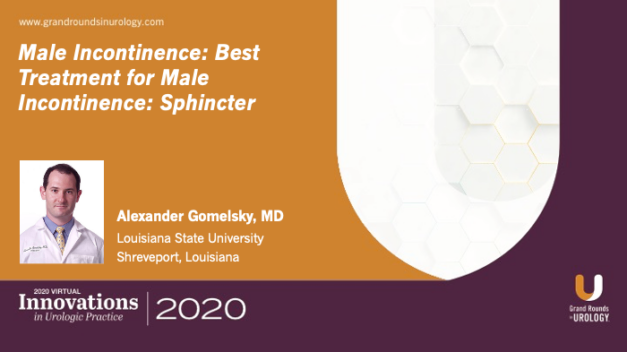Non-Metastatic CRPC: Finding Advanced Disease with Next Gen Imaging Matters
Gerald L. Andriole, Jr., MD, the Robert K. Royce Distinguished Professor and Chief of Urologic Surgery at Barnes-Jewish Hospital, the Siteman Cancer Center, and Washington University School of Medicine in St. Louis, Missouri, defines non-metastatic castration-resistant prostate cancer (nmCRPC) as having rising PSA measurements on three consecutive measurements with a PSA of greater than two. He also defines next-generation imaging as PET scans. He discusses FACBC scans and PSMA-based PET scans, as well as the history and treatment of nmCRPC. Dr. Andriole reviews the SABR-COMET study, the STOMP trial, and the ORIOLE study. He concludes that next-generation imaging is necessary for patients with nmCRPC, that metastasis-directed therapy shows benefits, and that larger and longer trials are warranted.
Read More
